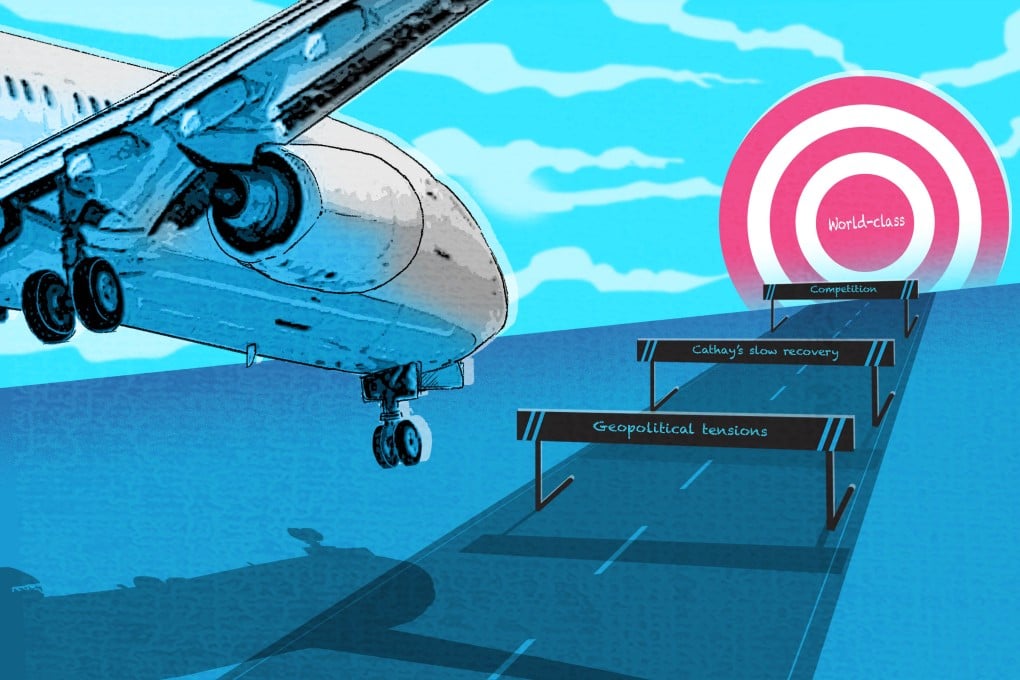Are Hong Kong’s aviation hub ambitions hampered by Cathay’s pilot shortage, capacity issues?
- Three-runway system in Hong Kong will boost capacity, but fast-growing Shenzhen and Guangzhou airports step up pressure

Hong Kong Airport Authority chairman Fred Lam Tin-fuk had his work cut out for him when he took a delegation to Beijing early last month.
Beijing’s point man on Hong Kong affairs, Xia Baolong, told him the authority running the airport would have to capitalise on its unique advantages under the city’s “one country, two systems” governing principle and continue contributing to national development.
Lam, newly appointed, promptly pledged to make the best use of “enjoying the strong support of the motherland and connecting closely to the world”.
The airport is on track to open its HK$141.5 billion (US$18 billion) three-runway system by the end of this year, boosting capacity by half to 120 million passengers and 10 million tonnes of cargo annually. In comparison, Singapore’s Changi Airport currently can handle 85 million passengers a year.
The airline has pushed back its target for restoring full pre-pandemic capacity from year’s end to the first quarter of 2025, a delay especially critical because the new three-runway system will be ready and waiting for passengers and cargo.
